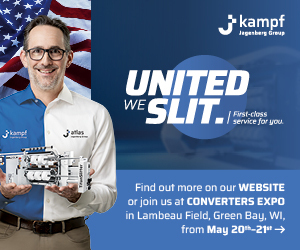Striving to Improve
- Published: July 18, 2014
Certainly, every day brings new challenges and opportunities for continuous improvement. I personally find high value in getting away for a few days to focus on learning more about electrostatic theories, technologies and applications. I attended the 2014 Electrostatics Society of America Annual Meeting held June 17-19, 2014 at the University of Notre Dame. This is a unique technical meeting because people in this technical community are well informed, anxious to share, and genuinely nice.
One of the highlights of the meeting was the Special Session on Electrostatic Demonstrations held on Tuesday evening. Tables were set around a room where eight presenters demonstrated different aspects of static electricity to small groups. This format is great because learning happens in individual conversations and hands-on activities. Imagine walking from table to table, viewing a demonstration, and talking in a small group of two or three people about what you just saw and how it works. What a great way to exercise some brain cells and learn more about static electricity.
Kevin Coldren and Jay Perry from Simco-Ion showed some of the latest technologies in active static bars.
Duke Davis from Wabash Instruments used induced charge from a Van der Graaff generator to drive “bobble head” oscillator.
Steve Fowler from Fowler Associates rang bells with induced charge and dissipated static charge with several strands of static string.
Ted Dangelmayer from Dangelmayer Associates protected electronic components from damaging static discharges.
Ken MacKillop from Static Clean and Bill Vosteen from Monroe Electronics measured static on a running continuous belt.
Robert Morse (see Benjamin Franklin as my Lab Partner) challenged us with several clever, inexpensive, static demonstrations that he has developed for high school students.
Bill Wayman from Xerox used charged powder to “develop” a charge pattern written on a plastic sheet with an electrified pen.
And, Kelly Robinson from Electrostatic Answers showed both how to measure static charge density with an electrostatic fieldmeter, and that static sparks can ignite flammable solvent vapors.
Our brains are amazing. While the principles of these demonstrations may not help solve today’s challenges, being immersed in learning, seeing how others approach new challenges and diagnose new problems was a great experience for me.
I'm looking forward to the next ESA Meeting in June 2015 at the Cal Poly in Pomona California.













